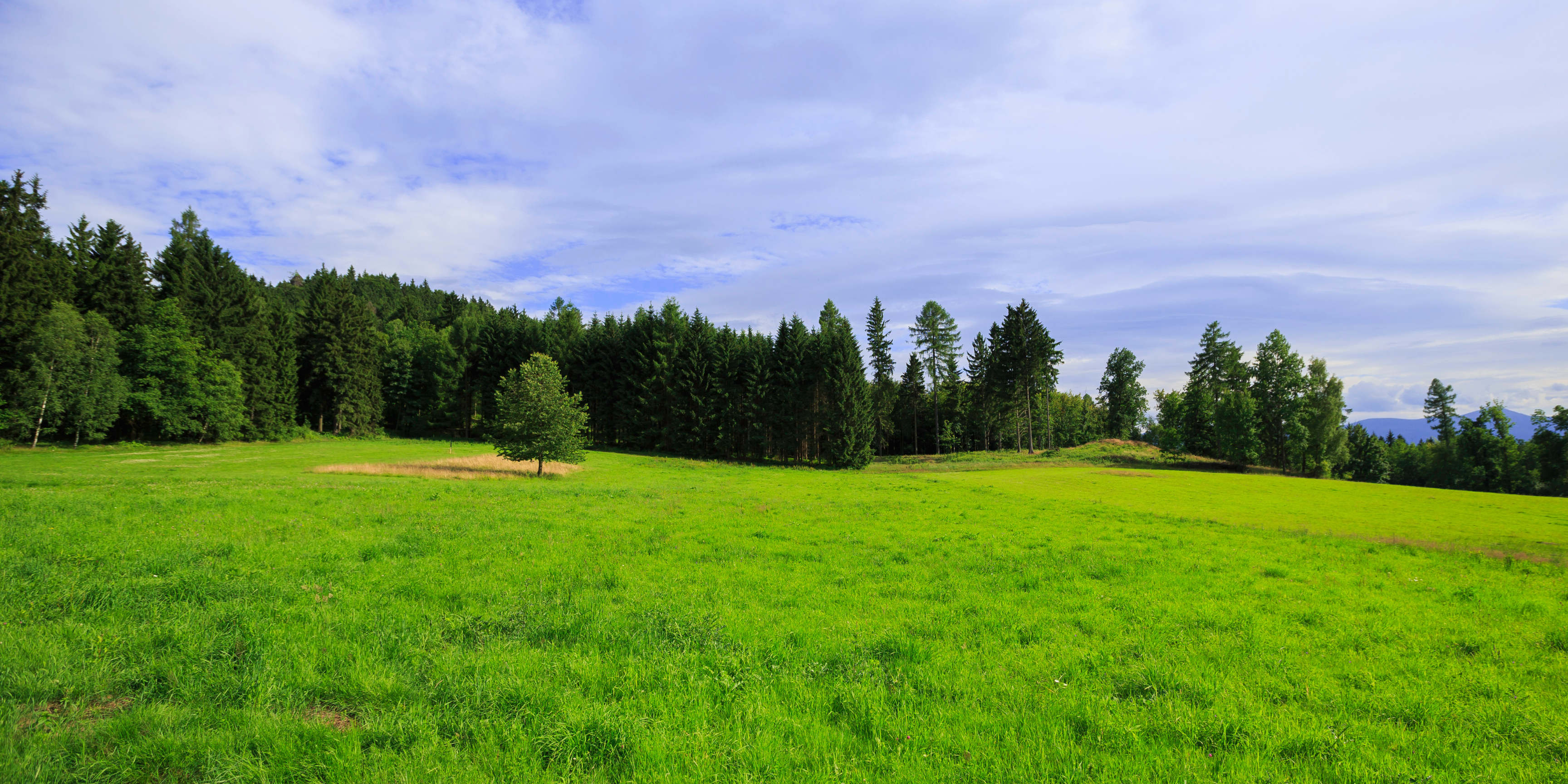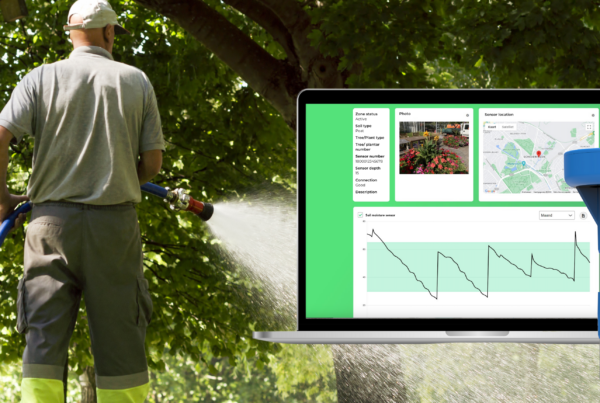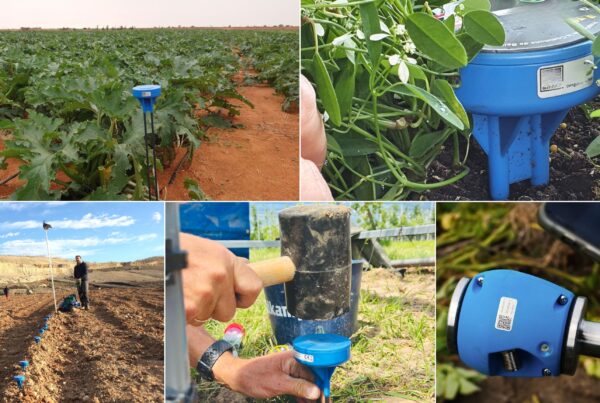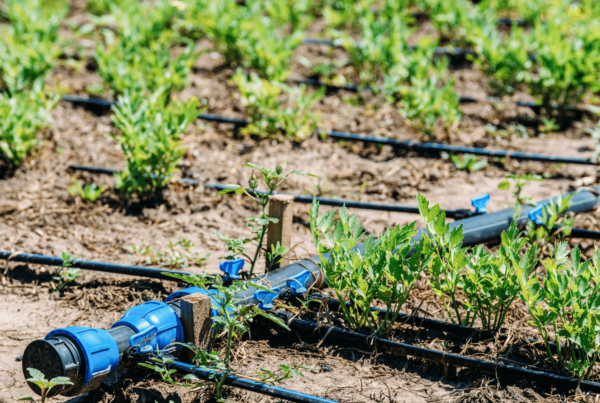In our ongoing quest for sustainable agriculture and efficient water management, precision agriculture technology is emerging as a game-changer, thanks to the integration of advanced tools such as wireless soil moisture sensors. This revolution in farming, powered by IoT soil moisture sensors and smart agriculture sensors, is providing a comprehensive solution for optimizing crop growth.
Landscapers are facing the challenge of determining the optimal water usage that won’t stress the turf and plants, a concern that becomes even more critical during severe drought conditions. This topic is eloquently addressed in Mary Elizabeth Williams-Villano’s article on Irrigation & Green Industry’s online page.
Thankfully, there are numerous techniques and tools at the disposal of landscapers to reduce water consumption without compromising the health of plants. Some of these methods you might already be familiar with, while others offer new avenues for exploration. Here are some key strategies:
Change out old components and add new devices
One of the most effective ways to reduce water consumption in landscaping is by incorporating smart irrigation controllers and soil moisture sensors. These advanced tools play a pivotal role in delivering water more efficiently throughout the landscape. Upgrading to more efficient Environmental Protection Agency (EPA) WaterSense-rated nozzles in place of older or conventional sprays and rotors can lead to water savings of up to 30% or more.
Drip and low-volume micro-sprays, along with bubblers, deliver water in terms of gallons per hour, in stark contrast to conventional sprays and rotors that do so in gallons per minute. Drip and point-source irrigation methods are particularly well-suited for planter beds, as they deposit water directly at a plant’s roots, minimizing loss due to evaporation.
Sensoterra stands out as a world leader in wireless soil moisture sensor solutions, offering data-driven tools that optimize land and freshwater resources for agriculture, horticulture, landscaping, and smart cities. These sensors empower better decision-making for land management by providing accurate soil moisture measurements. With thousands of Sensoterra sensors deployed in the ground, they have generated over 60 million data points on a global scale.
Find turf’s “happy zone”
During droughts, municipalities and water authorities often encourage property owners to replace lawns with artificial turf or drought-resistant plants. While turf replacement is a compelling topic in the landscape and irrigation industry, it’s important to note that grass lawns offer benefits such as oxygen production, reduced soil erosion, and mitigation of the urban heat island effect. Moreover, they provide recreational spaces and enhance human enjoyment.
The key isn’t necessarily to remove turf entirely but to water it more efficiently. Employing deep, infrequent watering practices allows water to penetrate the grass’s roots and prevents saturation and runoff. This encourages grass plants to develop deeper roots, resulting in healthier lawns that ultimately require less water.
Ensure healthy soil and mow at an adequate height
For experts like Mike Garcia, a permaculture specialist and landscape contractor at Enviroscape LA in Redondo Beach, California, the foundation of water conservation lies in soil health. Healthy soil teeming with beneficial microorganisms and mycorrhizae significantly reduces the need for excessive watering. If synthetic or petroleum-based fertilizers have been applied to compensate for poor soil quality, the soil becomes less water-dependent.
Amending deficient soil with compost or biochar can help enrich and improve its water retention capabilities, resulting in water savings. Moreover, focusing on maintaining a slightly longer grass height contributes to topsoil buildup and enhances organic matter content. This is a natural process that enriches the soil, even if you choose to mulch-mow, leaving the grass clippings in place. Mulch-mowing further enhances the efficiency of this process, delivering multiple benefits.
In summary, efficient water management is a multifaceted approach that not only conserves water but also enriches the soil. Implementing cutting-edge technology, such as wireless soil moisture sensors like those provided by Sensoterra, can be pivotal in achieving these goals.






